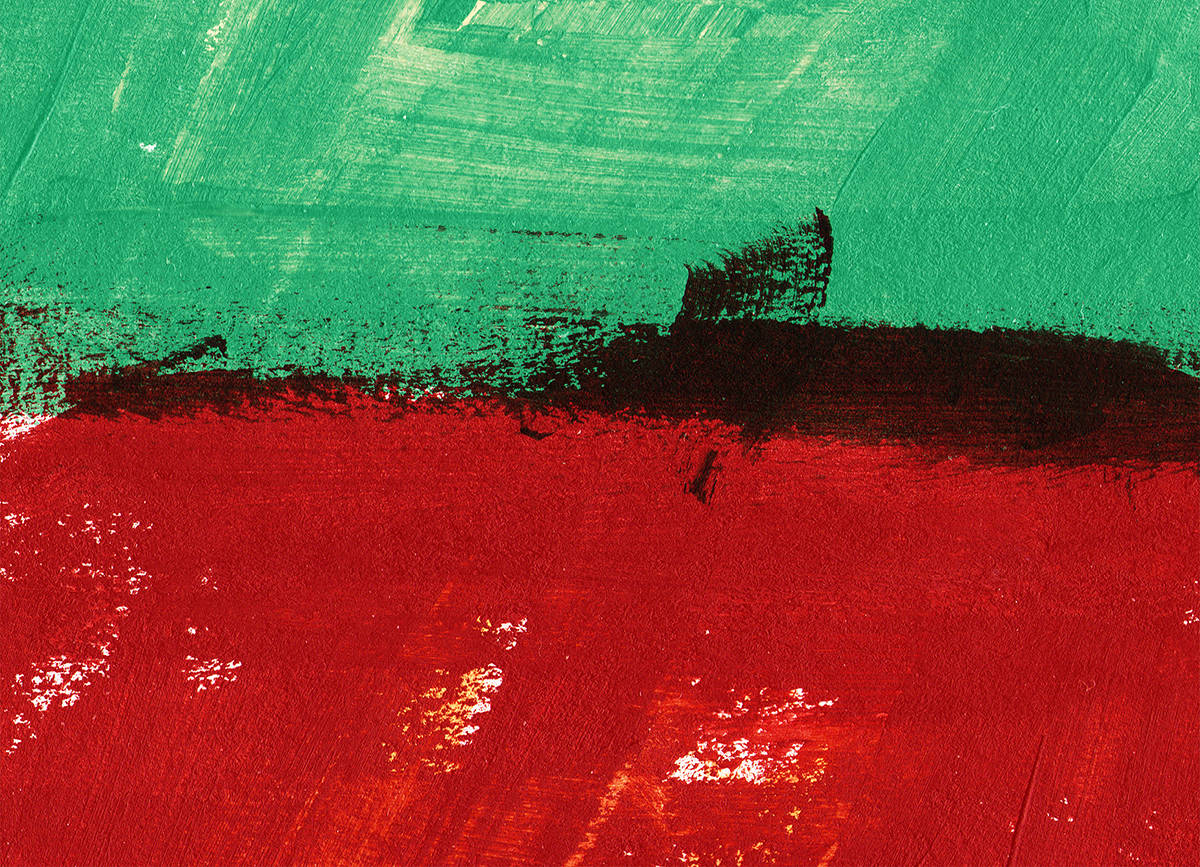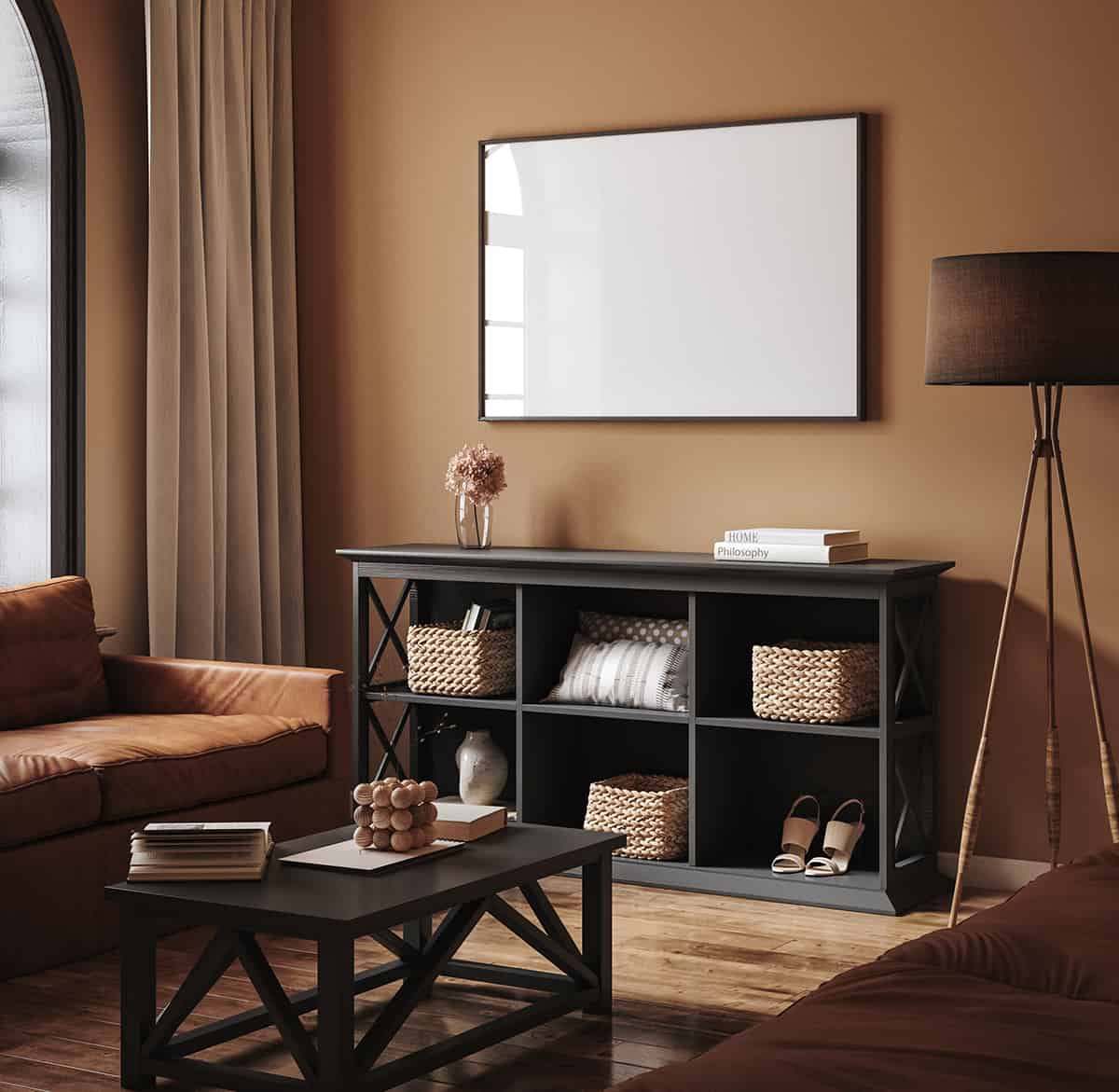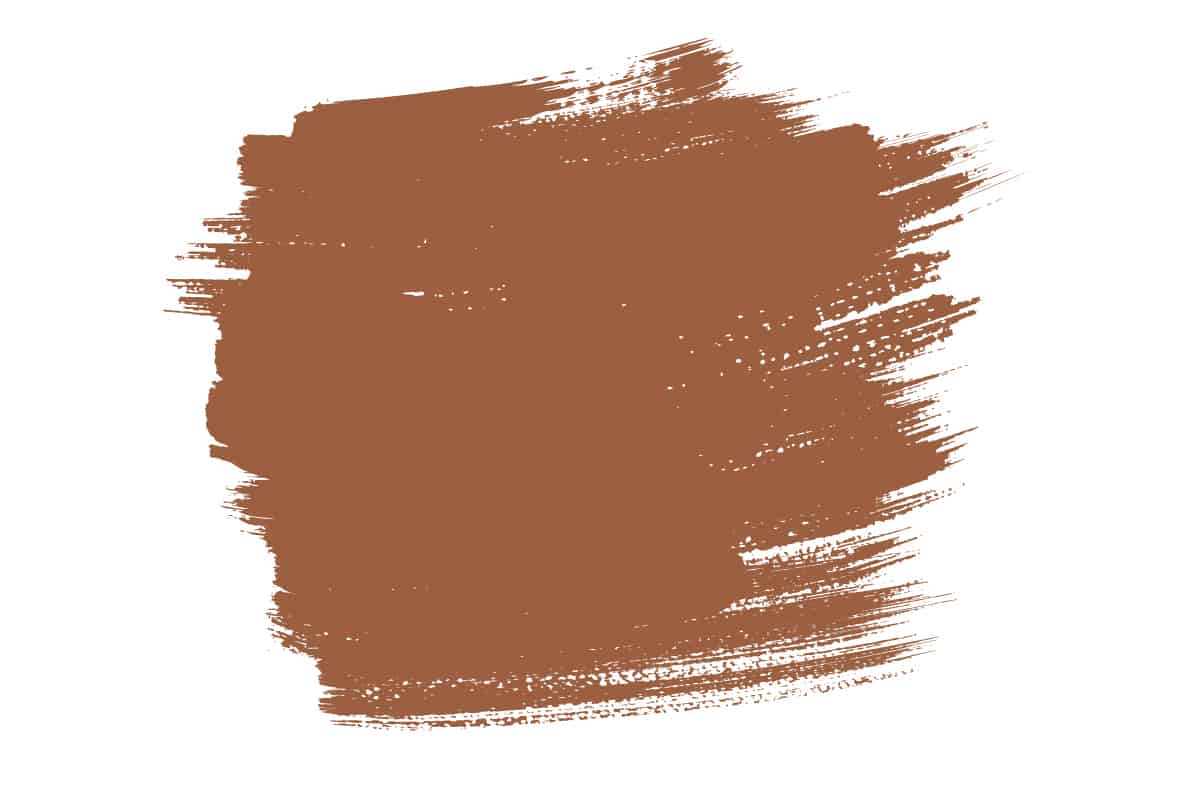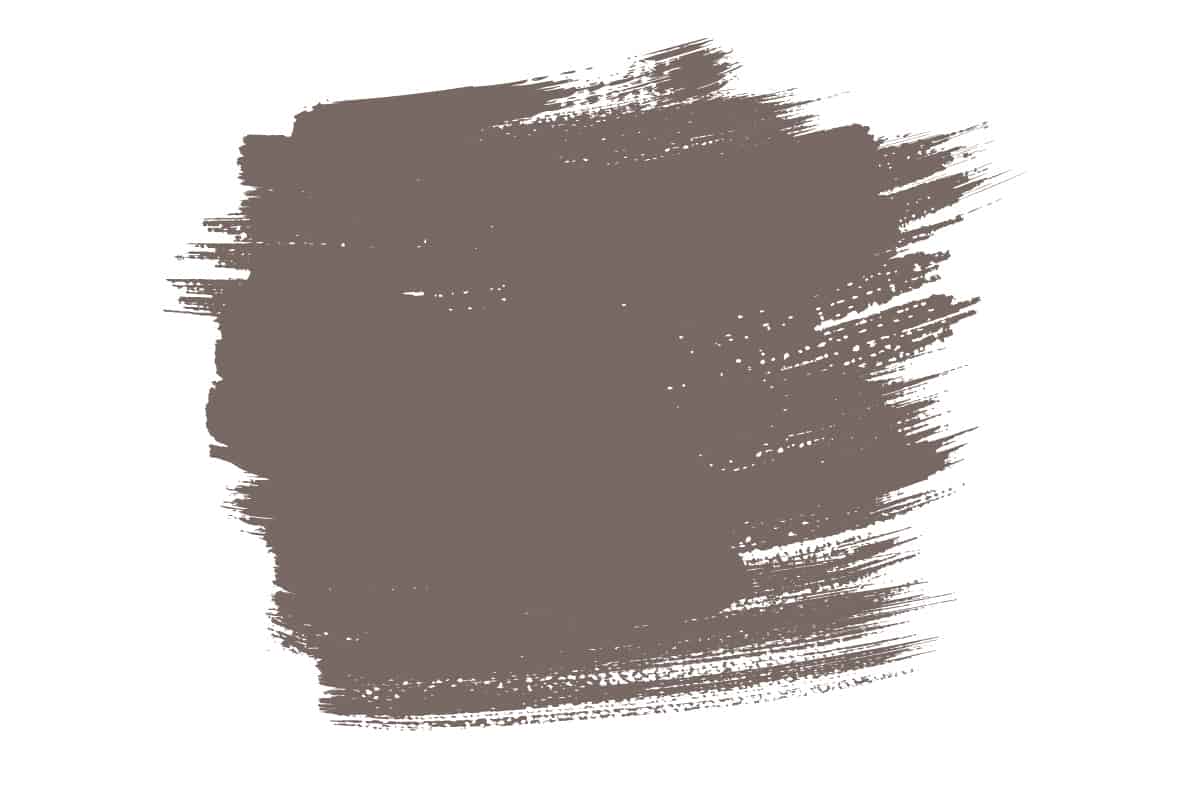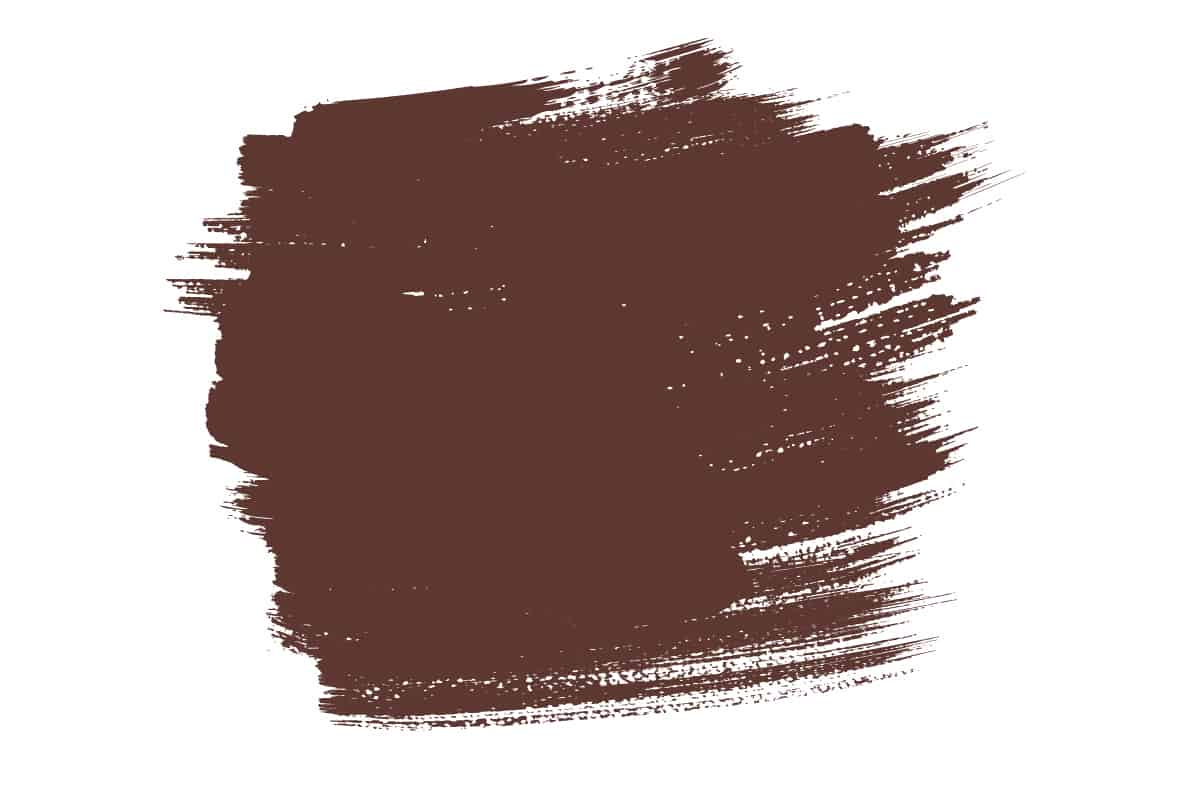Red and green, when mixed, can make brown or a warm shade of black, depending on the proportions you use. Since green is a secondary color that is made from mixing the primary colors blue and yellow, when you’re mixing red and green, you’re actually mixing a combination of red, blue, and yellow.
When mixed in even proportions, red, yellow, and blue will result in black, but if you are mixing even proportions of red and green, this will equate to a mixture that is heavier in red than the blue or yellow used to make green.
For example, if you are mixing 50 ml of red paint with 50 ml of green paint, this could also be considered as 50 ml of red paint with 25 ml of blue paint and 25 ml of yellow paint since the blue and yellow are mixed to create the 50 ml of green paint. Since this mix has a much higher proportion of red than any other color, the resulting shade is going to be a very warm-toned black or a muddy shade of brown.
Here we explore ways to make different shades of brown and how these can be utilized in home decor.
Making a Brown Paint Mix
Most of us have several tins of leftover paint in the garage or shed which we will never use, since it is very rare that a paint job uses exactly the amount of paint inside the tin.
It can be helpful to keep a small amount of paint around for touching up jobs that are required as a result of wear and tear over time, but if you have a hefty amount of paint left, you could put it to good use by mixing it with other paints to create a new color.
If you have leftover green and red paint, then you can mix this together to make brown. The shade of green you have and the shade of red you have are going to strongly impact the shade of brown you end up with. A pale green mixed with a bold red will give you a warm shade of biscuit or beige, while a dark green with red will result in a chocolate brown.
If you have any white paint laying around, then you can add this in to make the brown paint lighter or softer. The proportion of paint you use is also going to largely impact your resulting color. A splash or red paint in a pale green paint can add significant warmth, while to achieve a warm shade from dark green you will need to use a balanced amount of red. When minimal red is added to a medium green color, the resulting brown shade might be reminiscent of khaki or olive green.
Is Brown a Warm Color?
Brown is made by mixing red and green, and since red is a warm color and green is a cool color, you might be confused about the shade temperature of the resulting color. In most cases, brown is considered to be a warm color. This makes sense when you break down the components that make up brown.
To achieve an even shade of brown, you can mix 50% red with 50% green. Since green is made up of an even proportion of blue and yellow, this could also be demonstrated as 50% red, 25% blue, and 25% yellow (since 50% of green is made up of half blue and half yellow)
By looking at the components of brown in this way, it’s easier to understand why brown is predominantly a warm shade. Because brown is made up of 75% warm tones (50% red and 25% yellow) and just 25% of cool tones (25% blue), brown can also be made in many other ways, which is why in some instances, brown can be considered to be a cool color.
To achieve a cool shade of brown, you’ll need a higher proportion of green used alongside red, and the green you start with should be heavier in blue than in yellow.
For example, make green using 60% blue and 40% yellow. Now mix red and green together, in proportions of 10% red and 90% green. In this mix, around 55% of the colors used to create brown will have been from a cool color family, so the resulting shade of brown will lean more towards cool than warm, with a taupe or almost khaki look.
What Colors Go with Brown?
Brown is often considered to be a neutral shade, but as a predominantly warm color, it actually isn’t usually that neutral. Instead, it creates a sense of comfort and coziness in a space, and brown is best used to pair with other colors in home decor for inspiring people to snuggle up with a book in front of the fire or creating an inviting atmosphere where the family wants to spend time together.
Brown can be made to feel more modern when paired with cool tones such as cool off-white or gray, but when used with overtly cool colors like blue, it can create a contrast that is too heavy. Use warm shades of brown with oatmeal and ivory for a welcoming vibe in a room, but avoid colors with heavy yellow undertones, as these can make the space feel sickly.
Red Shades of Brown
Mixing red and green together in even proportions will result in a warm shade of brown, but for an even more richly saturated brown, look for paints that have a higher percentage of red. Red-toned browns can be quite dramatic or rich and indulgent depending on the shade.
Terra Mauve by Benjamin Moore
Terra Mauve by Benjamin Moore is a rich and warming shade that feels deeply exotic. Technically a shade of brown, this color has clear red-orange undertones that make the paint reminiscent of terracotta clay. It will contrast heavily against dark and cool shades of blue for a hint of a Moroccan or Mediterranean theme, or pair it with black and white for an earthy, contemporary style.
London Clay by Farrow & Ball
This is a warm shade of brown with subtle red undertones, which give it a comforting vibe without being overly rich. It has quite an earthy, muddy tone, which makes it an ideal choice of paint color for natural or botanical-inspired home decor themes.
As a muted shade of warm brown, London Clay works well alongside cooler accents such as charcoal or pale gray, and it can also be teamed with warmer neutrals such as twine and rattan.
Fiery Brown by Sherwin Williams
The name of this rich, earthy brown says it all. It has obvious red tones with a slight hint of purple, culminating in the most intense, ravishing shade of reddish-brown. Use this color boldly on walls for a deeply warming atmosphere, with pure white trim for a sleek edge and to allow the color of the brown to take center stage.
Fiery Brown is deep and intense, so reserve it for rooms where you really want to make an impact and impart some drama. Gold accents will bring elegance to this shade, or use pure black accessories for a contemporary style.
